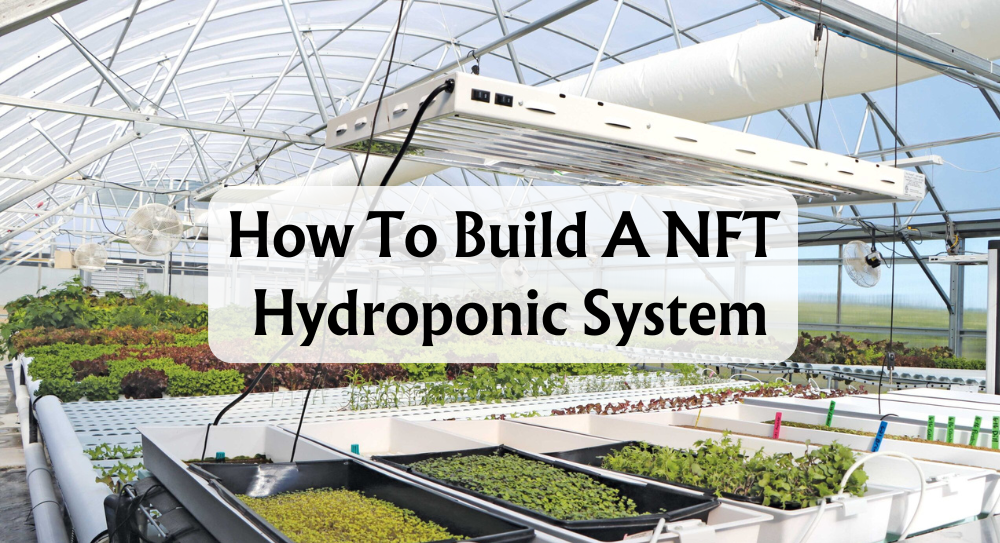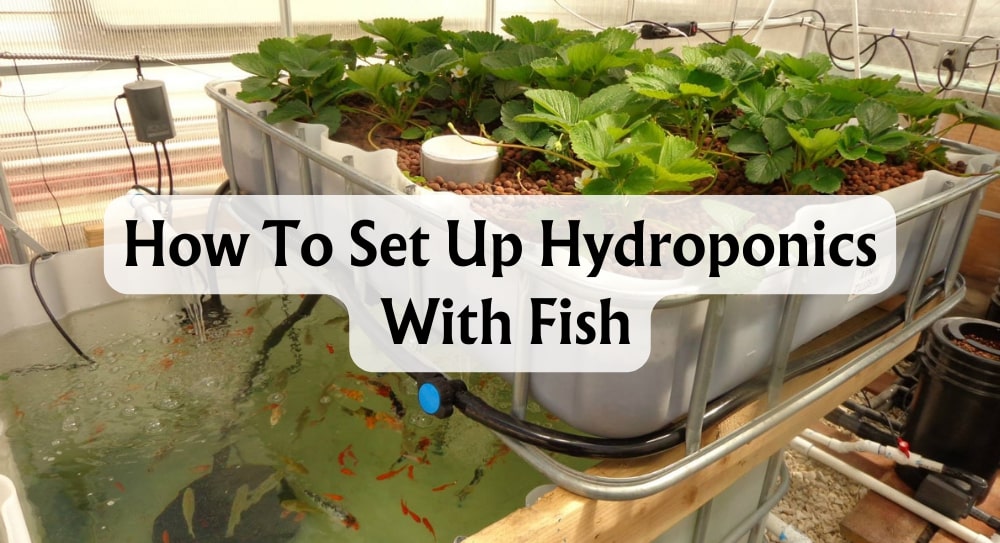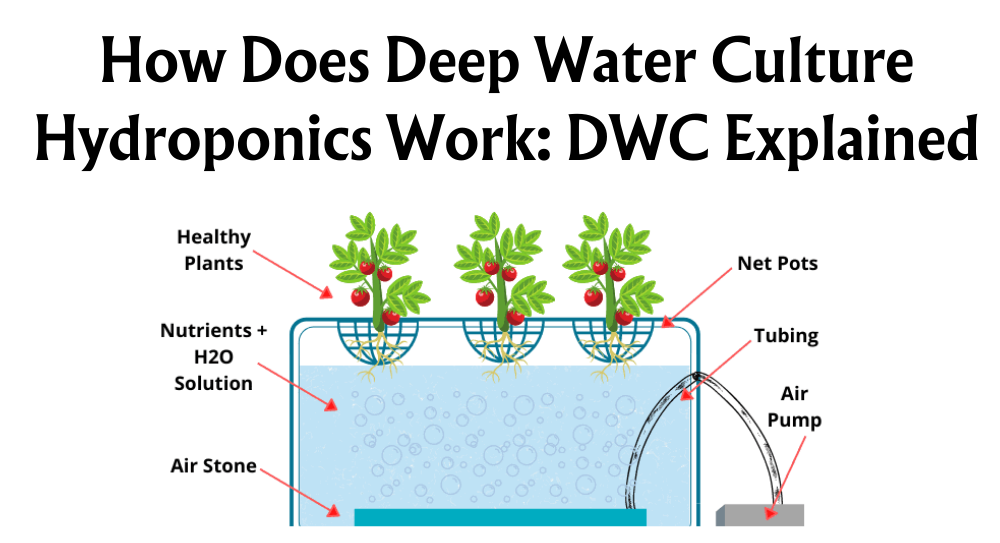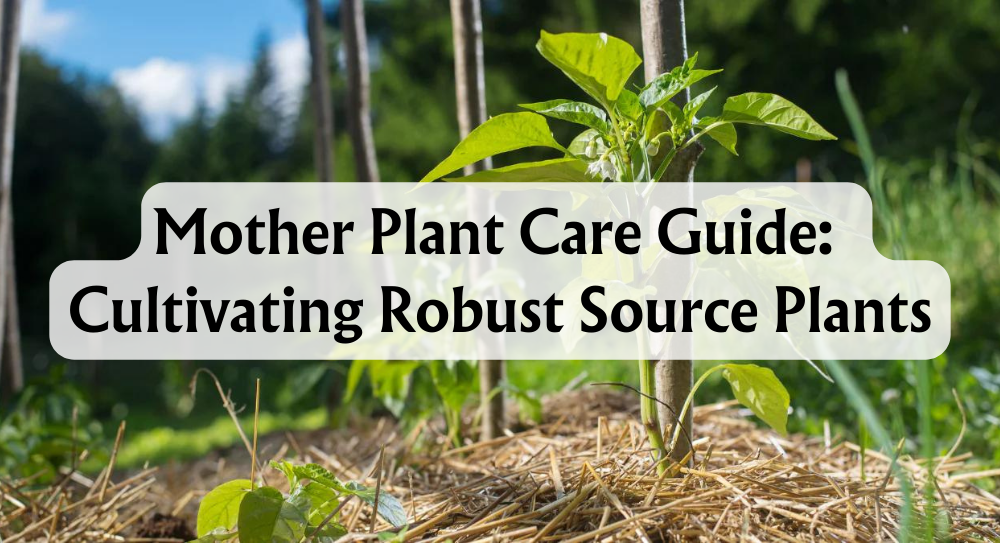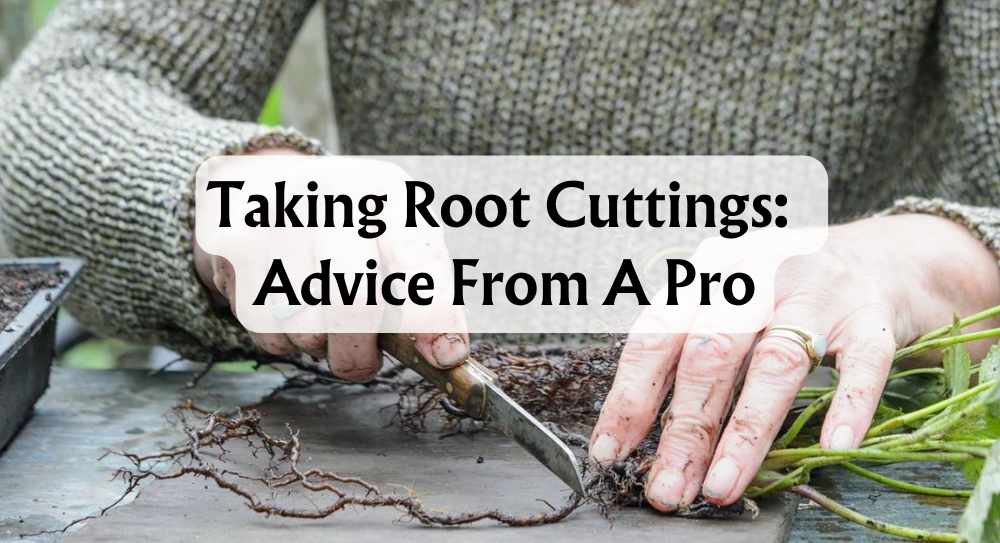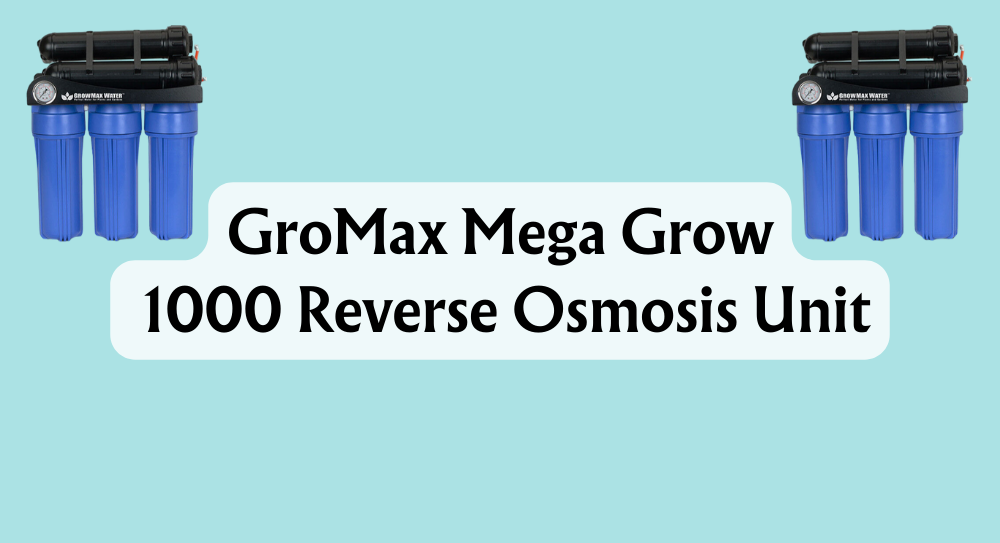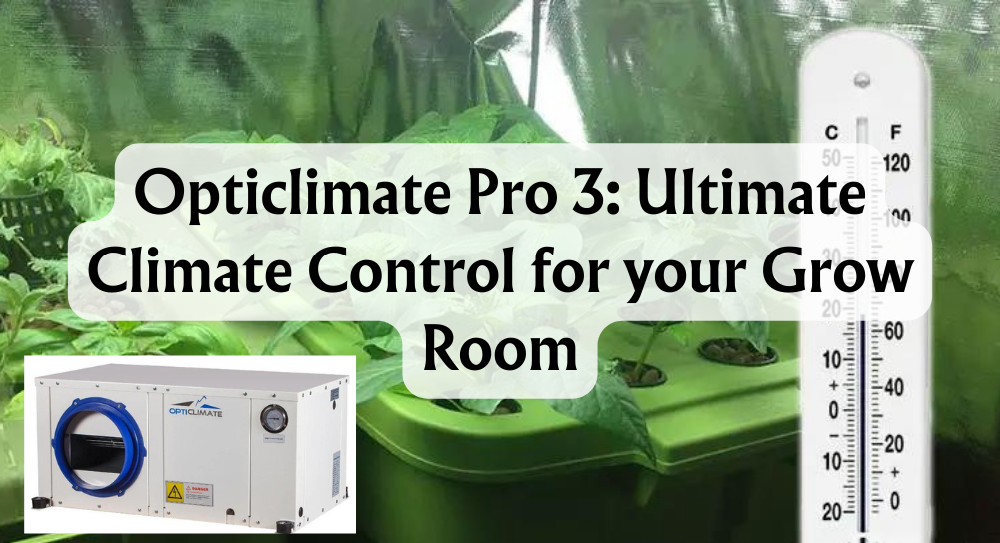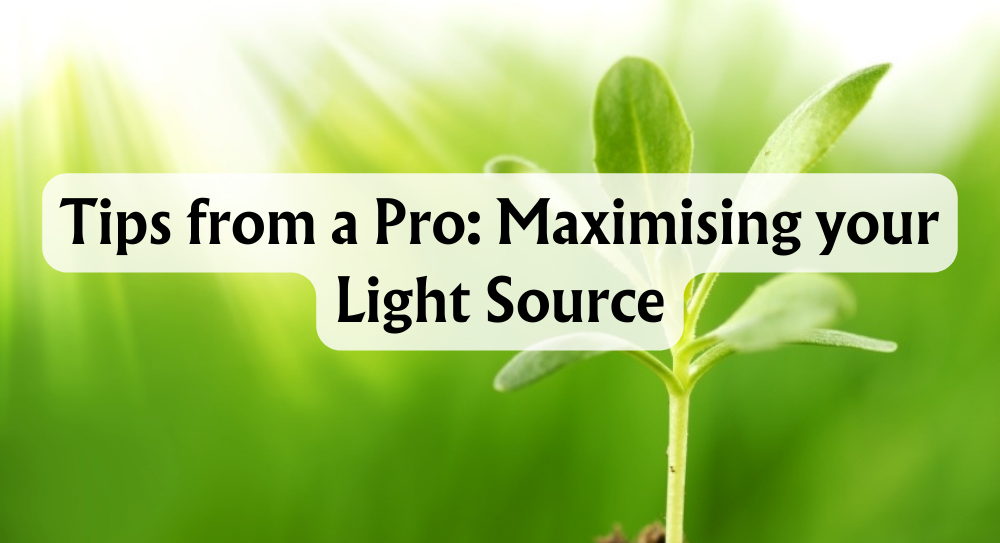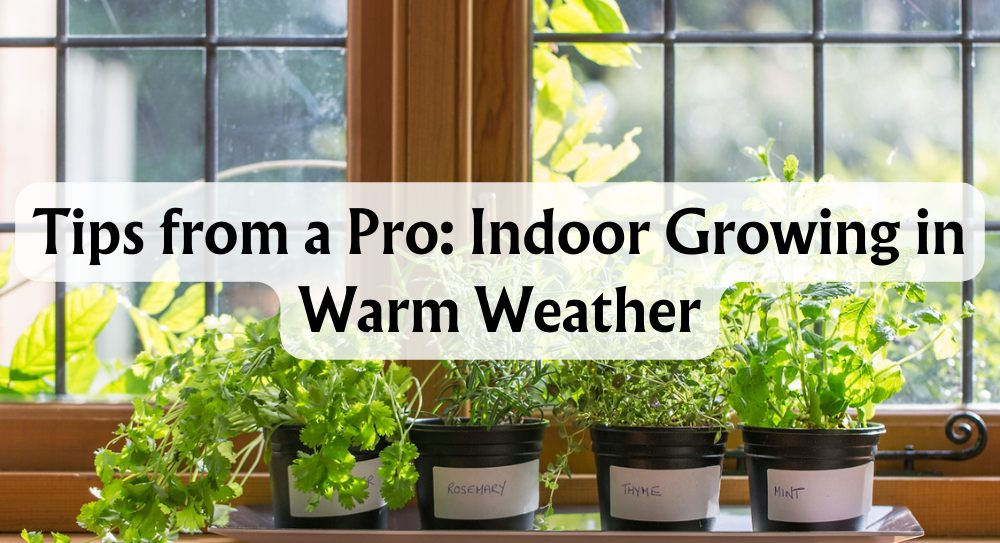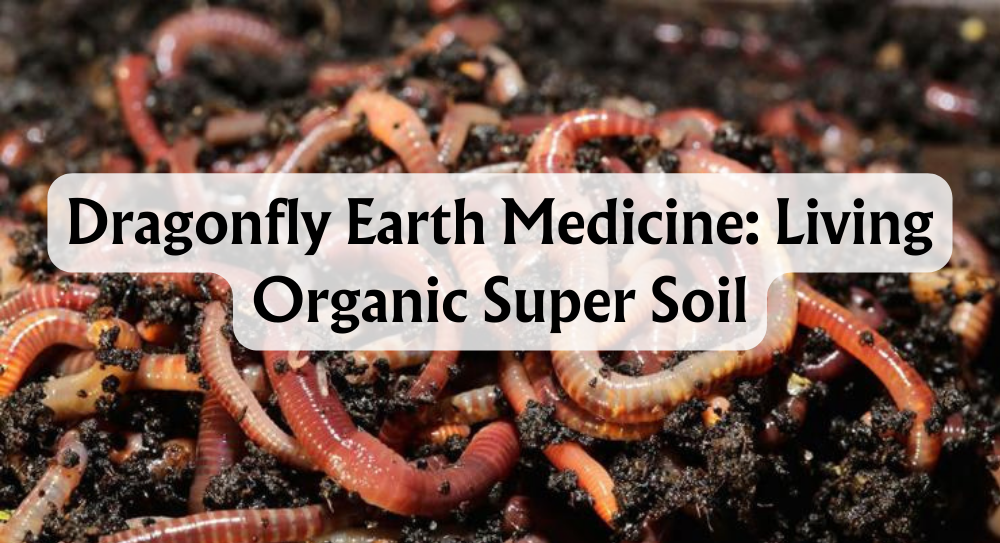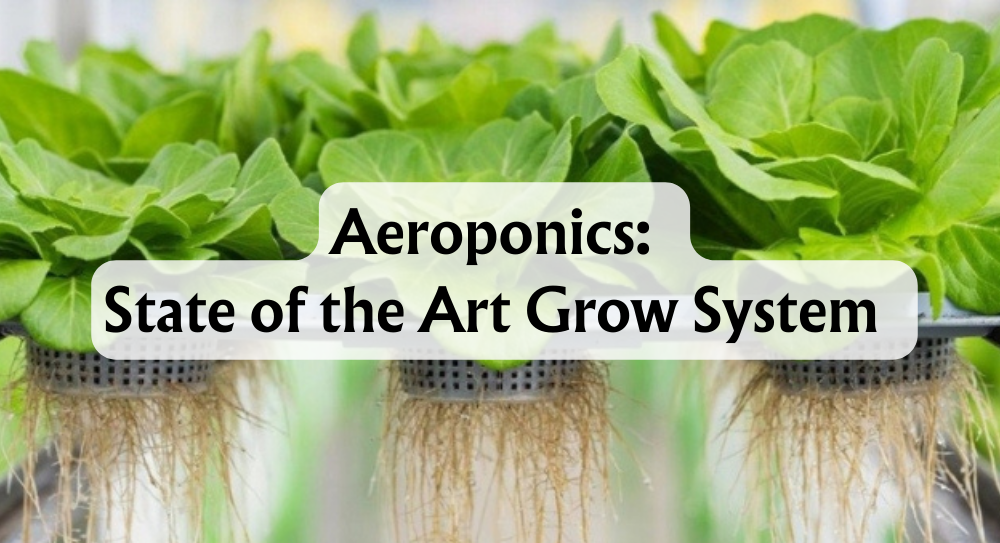How to Build a NFT Hydroponic System
Hydroponics, the art of growing plants without soil, is not just a fancy technique reserved for scientists in labs. It's a practical and efficient approach to gardening that we can all utilise right in our homes or backyards, even if space is limited. Instead of soil, plants are nourished with nutrient-rich water, resulting in some pretty impressive benefits such as saving water, reducing pests, and speeding up plant growth. It's the future of gardening - streamlined, clean, and oh-so-clever.
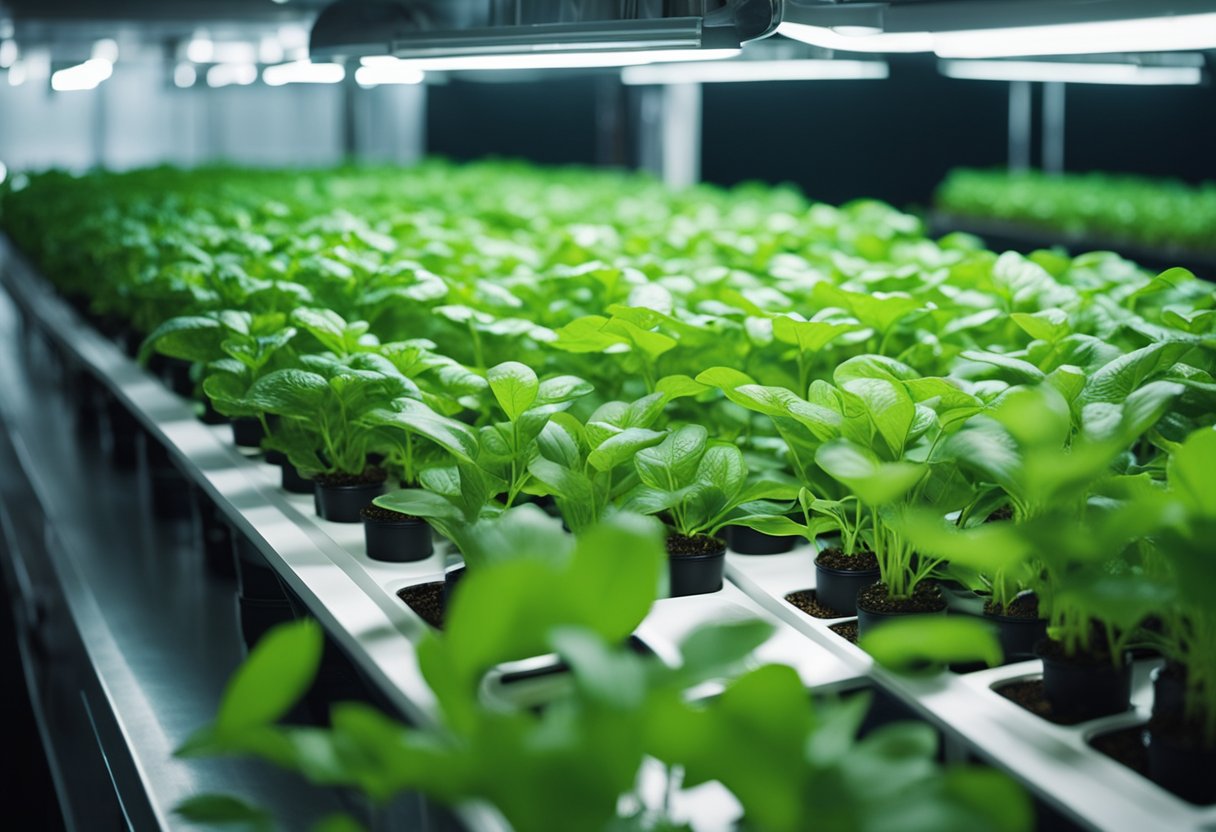
Of the various hydroponic methods like ebb and flow, deep water culture, and drip systems, the Nutrient Film Technique system (NFT) shines with its simplicity and productivity. Imagine a constant, shallow stream of water enriched with all the goodness plants crave, flowing right under their roots. That's NFT, and it's brilliant for a multitude of plants, particularly leafy greens and herbs. In this article, we're rolling up our sleeves to guide you through building your very own NFT hydroponic system from PVC pipes. From gathering materials to a step-by-step assembly guide, and down to maintenance tips - we've got your back.
By the time we're done, you'll be well-equipped to set up a system that not only maximises your available space but also reaps a healthy harvest with minimal effort. So, get ready to give your plants an efficient, water-wise home where they'll thrive like never before.
Key Takeaways
- Hydroponics allows for gardening without soil, providing water efficiency and faster growth.
- NFT hydroponic systems use a continuous flow of nutrient solutions to foster plant development.
- The article provides material lists, building instructions, and maintenance tips for your NFT system.
What Is NFT Hydroponics?
Nutrient film technique (NFT), is an innovative type of hydroponic system. In an NFT system, plants are supported while their roots are submerged in a constant flow of water-holding nutrient solution. This water-based solution is teeming with all the essentials: minerals, nutrients, and oxygen. Picture it – no dirt, yet the plants thrive, soaking up everything they need for swift and vibrant growth.
What goes into a typical NFT system, you ask? Here's the run-down:
- Reservoir: The safety net for our nutrient solution.
- Pump: The heart of the system keeps the solution circulating.
- Tubing: Veins through which our life-giving solution flows.
- Channels: The stage where the plant roots perform, rarely missing a beat.
- Net pots: The snug little beds where each plant rests.
- Growing medium: Securing our plants and offering a touch of stability in a soil-less world.
Now, onto the perks of going NFT:
- Incredible efficiency in water and nutrient use.
- Setup and maintenance? A breeze.
- Modularity and scalability? It's like playing with building blocks – expand or alter with ease.
- Groundwater contamination? Hardly a worry since we keep things recirculated and contained.
But let's be fair and acknowledge some hiccups we might encounter:
- Power outages can bring our nutrient flow to an unwelcome halt.
- Roots might decide to clog up the works – an underground traffic jam!
- Balancing nutrients might feel like a chemistry test gone wrong.
- One sick plant can start a chain reaction if we're not careful.
So, which plants are NFT champs? Leafy greens like lettuce and spinach, aromatic herbs such as basil and mint, and even thirsty crops like cucumber, strawberry, and pepper – they all love the gentle caress of that thin film of nutrient-rich water.
System Components
Let's break down the essential components of a Nutrient Film Technique (NFT) hydroponic system. Imagine we're building a well-oiled machine, but instead of gears and cogs, we've got pumps and trays.
First up, is the reservoir. This is our system's watering hole, where the nutrient solution mix hangs out. Think of it as the kitchen where all our plant food is prepped.
How does the water get around? Pumps, my friends! We'll need a submersible pump to move that nutrient-packed solution from the reservoir up to the grow trays. It's like a little elevator for water.
Trays? Yes! Grow trays are where the magic happens. The plants sit here, basking in a shallow, nutrient-rich film of water. It's a bit like sunbathing in a puddle of superfood.
We're not done yet! Plants need to breathe too. That's where air pumps and air stones come into play. These little treasures provide aeration, creating bubbles of oxygen that tickle the plant roots, keeping them healthy and happy.
Now, the frame – it's like the skeleton of our set-up. This can be made with materials like lumber or PVC pipes. It holds everything together and keeps our plants at the perfect height for greatness.
And, of course, we need grow lights. Not all of us can bask in the British sunshine year-round; these lights mimic the sun and encourage our greens to, well, turn green.
Here's a quick summary:
- Reservoir: Stores the nutrient solution
- Submersible Water Pump: Circulates the solution
- Grow Tray: Home base for the plants
- Air Pumps and Stones: Provide vital oxygen for roots
- Frame: The structure that supports all components
- Grow Lights: For photosynthesis indoors
Now picture it all coming together – a compact, thriving garden in your very own space.
Necessary Materials
If we want to grow with an NFT hydroponics system, we'll need to gather some specific materials. Each component plays a critical role in creating an efficient environment for our plants to thrive.
What Type of PVC Pipe for Hydroponics
When selecting PVC pipes for our hydroponic system, we must ensure they're suitable for food-grade use, as they'll be in direct contact with the nutrient solution that feeds our plants. Generally, we'll opt to use PVC (unplasticised PVC) as it's designed to be used in systems that involve water and is resistant to ultraviolet light.
What Size PVC Pipe for Hydroponics
Here's where size matters. The diameter of PVC pipes is crucial for plant spacing and water flow:
- PVC Pipes: We'll use medium-diameter pipes, typically around 3 inches, to ensure ample space for the plant roots and adequate nutrient flow.
Let's now lay out what we'll need to gather:
Construction
- PVC Pipes: Various lengths, depending on our desired system size.
- PVC Fittings: This includes elbows, tees, and end caps to construct the channels.
- PVC End Caps: To seal the ends of our channels.
Tools
- Drill: For creating openings in the pipes or reservoir.
- Hole Saw: Essential for making neatly sized holes for the net pots.
System Components
- Reservoir: A plastic tote or bucket to contain the nutrient solution.
- Submersible Pump: To push the nutrient-rich water to the plants.
- Rubber Tubing: To connect the pump to the PVC system.
Timing and Control
- Timer: Optional, but a nifty addition to regulate pump activity.
Plant Support
- Net Pots: Will fit snugly within the holes drilled into the PVC pipes.
- Growing Medium: Such as expanded clay pellets, to anchor the plants.
Seeding and Nurture
- Rockwool Cubes: To germinate seeds before transferring them to the net pots.
Nutrient Management
- Nutrient Solution: Can be pre-mixed or homemade, this feeds our plants.
- pH Meter & TDS Meter: To keep the solution's pH and nutrients on point.
Documentation
- Notebook and Pencil: To jot down our design plans and track our progress.
We've got our list, so let's hit the stores, or perhaps the online shopping realm, to snag these items. Then, the real fun begins—piecing it all together!
Step-by-Step Guide
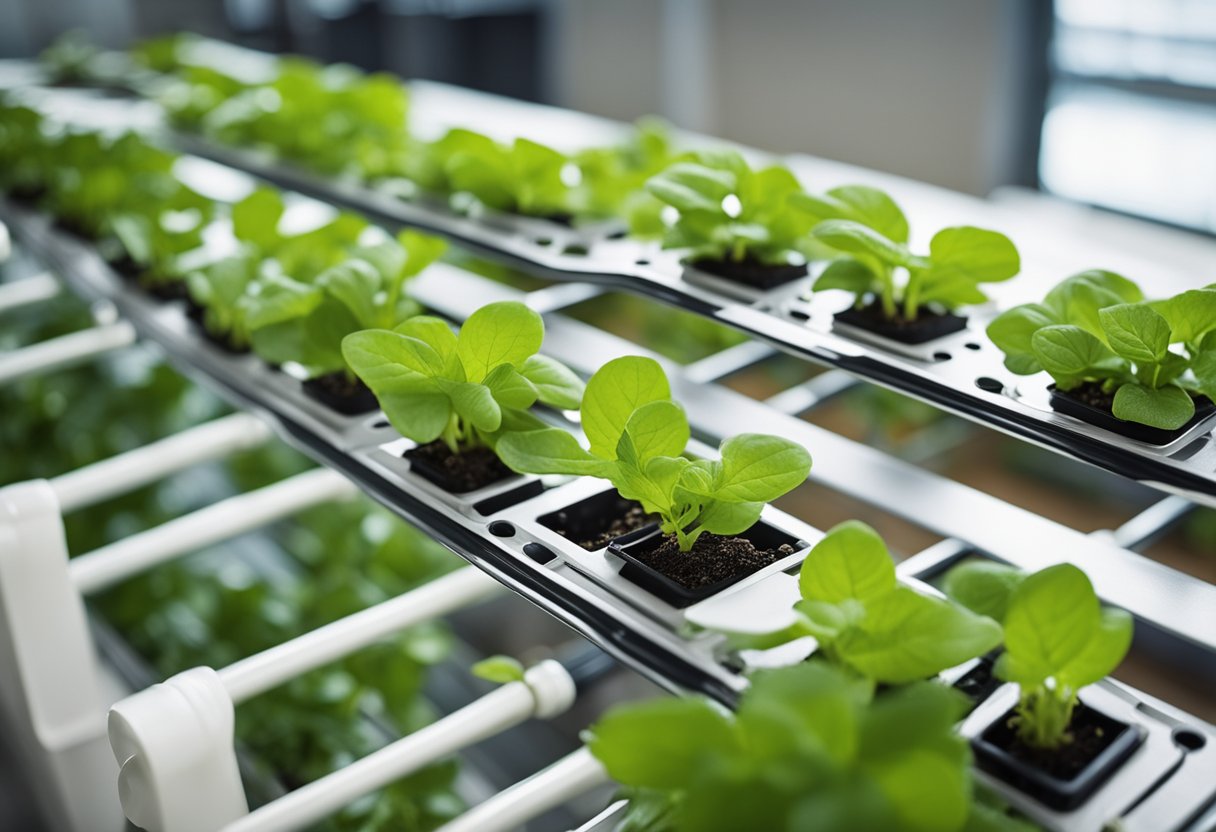
Building our own NFT hydroponic system is a rewarding DIY project that lets us grow plants without soil, using nutrient-rich water. Here's how we can make one from PVC pipes:
-
Plan Your System Layout
Let's start by figuring out where we want to put our system. We should consider the space we've got, the kind of plants we'd like to grow, and how many channels we'll need. The design should allow gravity to move the nutrient solution along the channels with ease. -
Cutting PVC Pipes
With our design in mind, we'll cut the PVC pipes to the desired lengths. Remember to measure twice and cut once! -
Drilling Holes
Grab our hole saw and drill holes atop the pipes—these are for our net pots. A perfect fit means measuring the pot's bottom diameter, not the rim. -
Assembling the Channels
Fit the pipes and elbows together to form our channels. We want a gentle slope to help the nutrient solution flow; gravity is our ally here. -
Setting Up the Reservoir
Place a water reservoir at the system's lowest point. This will be the starting place for our nutrient solution. -
Installing the Pump
We'll attach a pump to one end of some rubber tubing, pop it in the reservoir, and connect the tubing's other end to the top of our system. -
System Testing
Plug in the pump, watch the water flow, and check for any leaks. Adjust the slope and fittings if we need to. -
Prepare the Nutrients
After draining, we'll mix a nutrient solution following its instructions and fill the reservoir. -
Circulation Schedule
With the pump and a timer, we'll set up a circulation schedule—perhaps 15 minutes on, 15 minutes off. -
Seeding
We'll plant our seeds in rockwool cubes or similar plugs until they sprout somewhere warm and moist. -
Transplanting Seedlings
Time to move our little plants to the net pots. We'll carefully place some growing medium around them, making sure some roots are exposed. -
Place Net Pots in Channels
The net pots will go into our drilled holes, dipping just enough for the roots to feel the gentle film of nutrients.
There we go! Now we've built our own NFT hydroponic system. We just need to keep an eye on our plants, and provide them with love and care, and soon we'll be enjoying the literal fruits of optimal growing conditions.
Maintenance
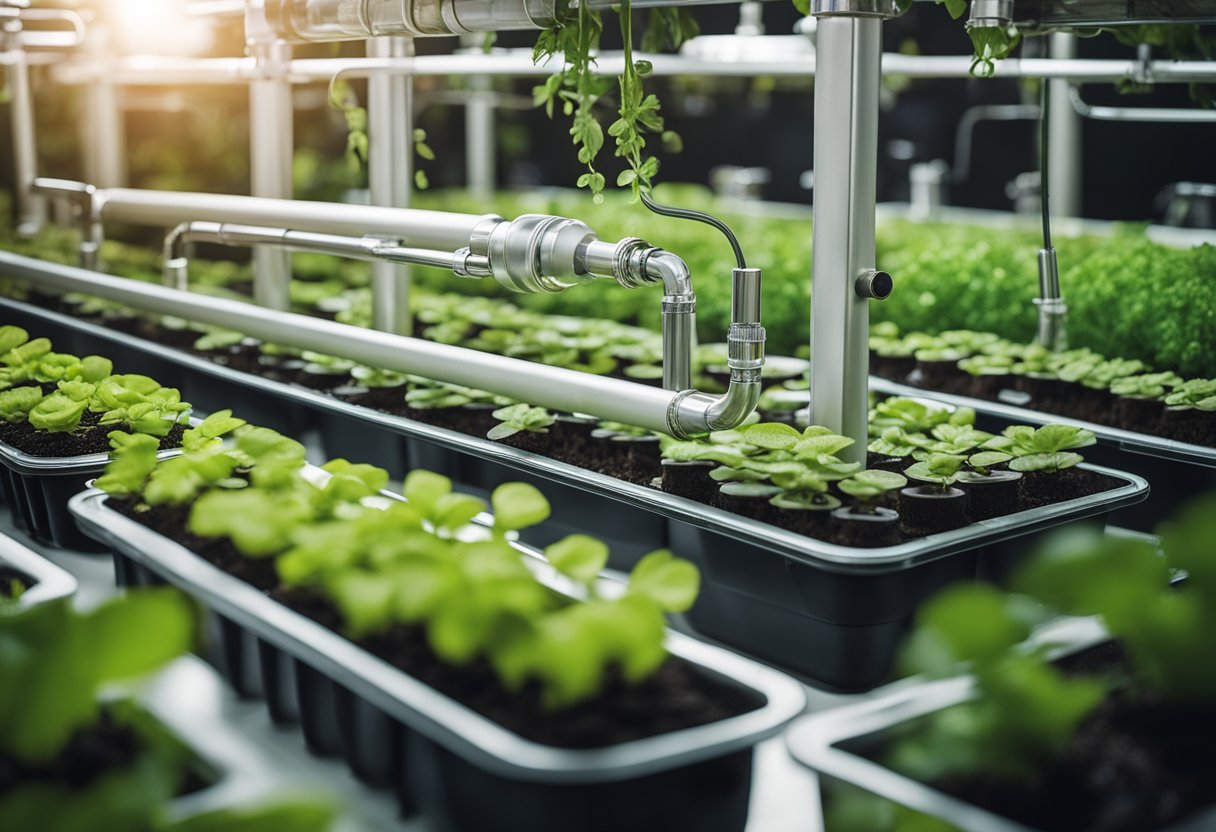
Have you ever wondered how we can keep our NFT hydroponic system happy and thriving? It's simpler than you might think! A little TLC goes a long way in making sure our plants reach their full potential. Let's break down maintenance into bite-sized tips:
Daily Checks:
- Inspect for leaks and clogs: We need to keep an eye on our PVC pipes and fittings. Sneaky leaks and pesky clogs can disrupt water flow, so catching them early is key.
- Check the flow rate: Our plants love consistency. Ensuring the water flow is steady means our plants are always hydrated.
Weekly Tasks:
- pH and the TDS monitoring: We're after balance here. Keep the pH and total dissolved solids (TDS) in check with regular monitoring. Adjust with pH up or down solutions, and tweak nutrient levels accordingly.
Biweekly Must-Dos:
- Solution swap: Every two weeks, it's time to refresh! Swap out nutrient solutions when they look cloudy or depleted to give our plants the best meal possible.
Cleaning Regime:
- Empty the system.
- Clean with a mild bleach solution or hydrogen peroxide.
- Rinse thoroughly to protect those sensitive roots!
-
Root care: Just like hair, roots need a trim now and then. Keep them tidy to avoid them overwhelming the system.
-
Harvest time: When the fruits of our labour are ripe for picking, harvest and get ready to start anew.
By sticking to these practices, we can boost our yields, keep our plants strong, and enjoy the fruits (or veggies!) of our labour. Remember, we're not just growing plants; we're nurturing a whole ecosystem in our NFT hydroponic setup.
Plant Selection and Care
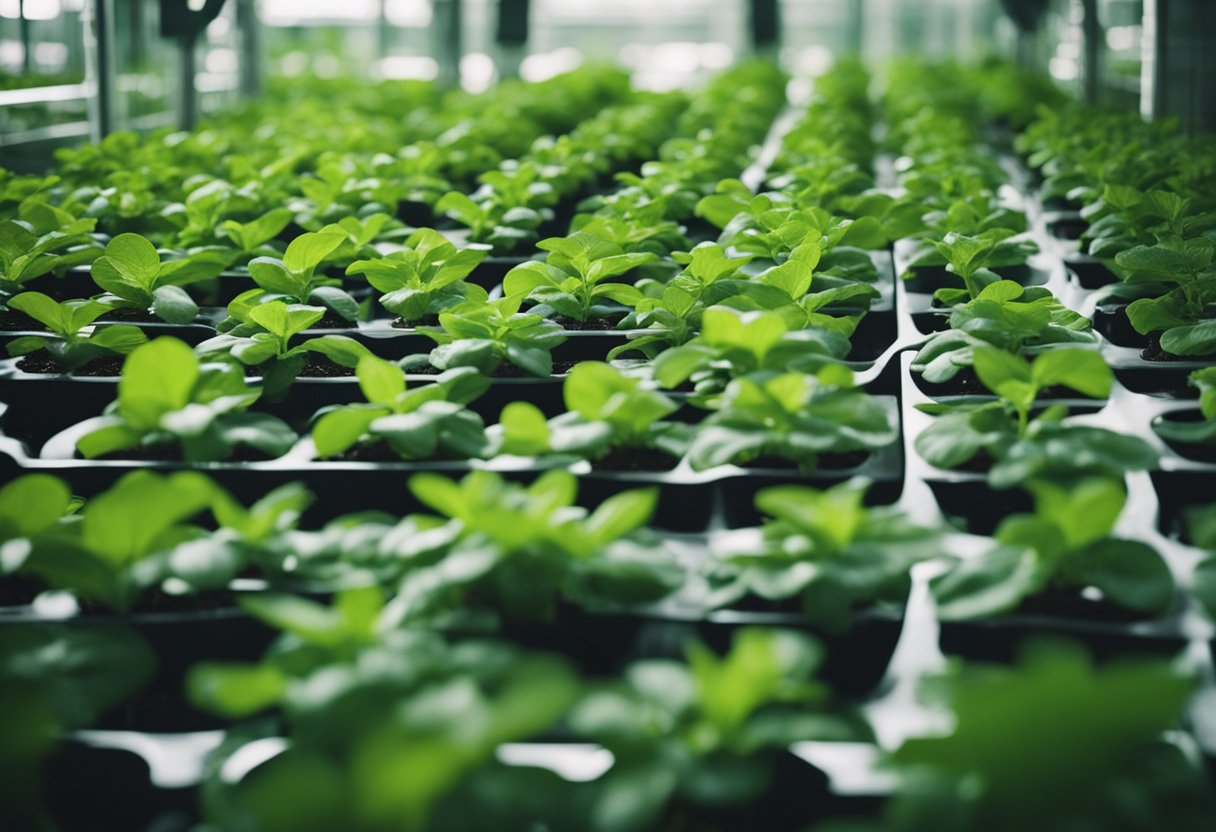
Ever wondered which plants thrive best in a Nutrient Film Technique (NFT) hydroponic system? Let's dive in!
Leafy Greens: Stars of the show in our NFT systems. These include:
- Lettuce: A no-brainer, isn't it? Crisp, fresh, and comes in several varieties.
- Kale: Packed with nutrients and flavour. Kale, and how!
- Bok Choy: Fancy some Asian cuisine? Here's your go-to green.
Herbs: Imagine snipping just what you need. Pesto, anyone?
- Basil: A true herb hero. Keep it trimmed, and it'll flourish.
- Mint: Refreshing and rampant, just keep an eye so it doesn't overtake its neighbours.
Berries & Fruits: A little trickier, but so rewarding.
- Strawberries: Sweet little gems. Make sure they have enough space.
- Tomatoes: Not the easiest, but oh-so worth it. Support their vines!
Peppers: Spice things up! Both sweet and spicy varieties do well.
When we talk about plant roots, the NFT system is like a spa day—constantly bathed in nutrient-rich water. But beware! Overcrowding is a big no-no. Give those roots room to breathe and absorb nutrients.
Now, pests and diseases can't resist fresh greens, can they? Stick to natural remedies where possible. Ladybirds for aphids or neem oil for those pesky critters.
Remember, dear gardeners, our NFT system isn't traditional gardening. There's no soil, making it cleaner and actually reducing pest problems. Plus, we're nurturing our plants inside, shielding them from harsh weather.
Here's a quick-care checklist:
- Regular Inspections: Daily looks for signs of trouble.
- Nutrient Balance: Test that water. pH and nutrients in check?
- Pruning: Yep, just like a mini haircut for healthy growth.
And there we have it! Keep these tips in tow, and you'll have a lush, thriving NFT system. Isn't it exciting?
Optimising Your Setup
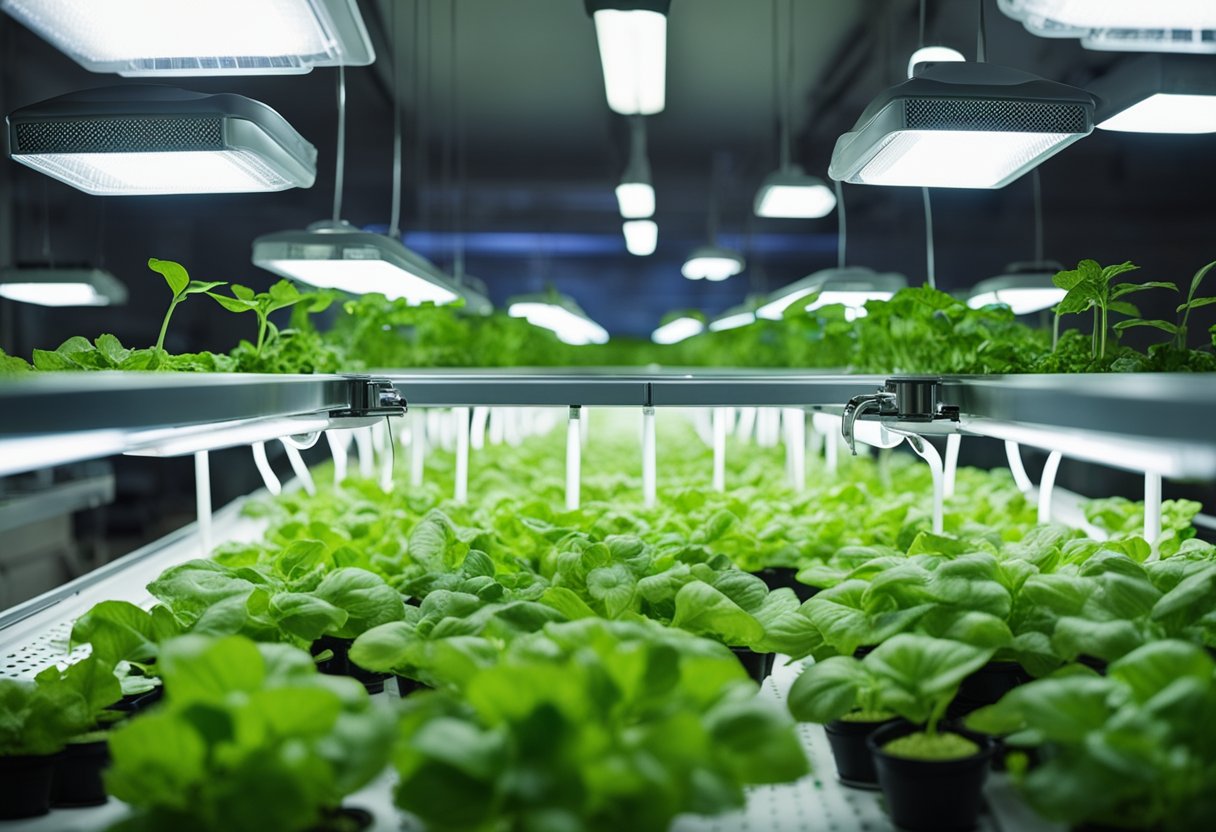
So, we've got our NFT hydroponic system in place, but what ensures a perfectly calibrated system? Let's dive in and tweak our setup for maximum efficiency and those enviable lush greens.
Space Management:
- Assess the space: Have a cheeky look at our available space. Is it used wisely? Remember, our leafy friends like spinach don't like to feel crowded.
- Arrange smartly: Space our channels effectively. We want to avoid plant claustrophobia while ensuring each one gets its fair share of light and air.
Nutrient Solution Know-How:
- Keep it fresh: The nutrient solution is the lifeblood of our system. Check and balance its pH regularly—aim for the sweet spot between 5.5 and 6.5.
- Temperature matters: Keep the nutrient solution cool, ideally between 18°C to 22°C, to prevent any nasty bacteria from crashing our plant party.
Pump Perfection:
- Flow rate: Our water pump is the heart of the operation. It should deliver a consistent flow of nutrient-rich water, not too fast to cause erosion or too slow to stagnate.
Growing Medium/Growing Media:
- Since NFT usually goes medium-free, we'll give this one a miss. No soil, no mess, no fuss!
Inspection Routine:
- Daily check-ups: A quick daily look-see can prevent issues from becoming Big Problems. Keep an eye out for any blockages, leaks, or sassy pump behaviour.
Reservoir Routines:
- Clean it up: Keep our reservoirs clean, because cleanliness is next to plant happiness. Aim for a scrub-down every couple of weeks.
Whew, that's a wrap on tuning up our hydroponic system. Stick to these tips, and we'll have our setup humming and our plants thriving in no time.
Benefits of NFT Hydroponics

Have you ever wondered why we're all buzzing about the Nutrient Film Technique (NFT) in the hydroponic gardening world? Let's talk about the pros that make NFT systems a staple for green-thumbed enthusiasts like us.
- Space Efficiency: NFT systems are our little gardening superheroes, maximising plant yield in a minimal footprint. Perfect for urban dwellers or those of us with more modest garden space, wouldn't you say?
- Water Conservation: We're making every drop count by recirculating the continuous flow of water. It's our way of giving back to dear old Mother Nature while nurturing our leafy pals.
- Nutrient Management: Keeping nutrient levels in check is a breeze with NFT. You'll see, it's like having a nutritional IV drip for our plants – they get exactly what they need!
- Root Oxygenation: There's no drowning of roots here. We keep them light and airy, just enough to make our plant friends sing with joy. It's all thanks to the thin film of nutrients constantly moving past the roots.
- Flexibility: Whether it’s a sunroom or a balcony, NFT systems are as adaptable as a gymnast – lightweight and ready to fit into any gardening corner we can come up with.
There are a few cons we should chat about too, just to keep things real. Sometimes, these systems can be a tad finicky with pump failures or blockages.
In a nutshell, our hydroponic gardening adventure with NFT means being savvy with space and resources. Isn't it exciting how we can grow a garden virtually anywhere and watch it thrive? Now, let's roll up our sleeves and get planting!
Common Challenges and Solutions
It can be a bit of a wrestle with your NFT hydroponic system. Sometimes, things can go askew, but worry not – we're here to tackle these challenges together! Here's how we can keep our green friends thriving:
Maintenance
First up, we know consistency is key. Keep a regular schedule for checking pH levels and nutrient solutions. Unexpected shifts? It's time for a quick tweak to avoid those pesky nutrient deficiencies.
Pooling Water
Pooling is a no-go, as stagnant water is like a five-star resort for harmful bacteria. Ensure your system has proper water flow with a slight tilt (hello, gentle 2% gradient) to keep the nutrient solution moving and our plants happy.
Pests and Diseases
We're not the only ones who love our plants – insects and diseases do too. Let's be proactive! A good look-over of our plant friends regularly, using non-toxic pest controls, and maintaining a clean environment will help keep the bugs and fungi at bay.
- Algae Growth: Troublesome, isn't it? Block that sunlight from hitting the nutrient solution and you'll say 'goodbye' to algae parties. Opaque materials will be your best mates here.
Nutrient Deficiencies
Sometimes, our plants might look a bit off-colour. They might be missing a vital nutrient snack. A balanced nutrient solution tailored to our plant's growth stage is a must. Keep an eye on the colour and growth patterns – it tells us a lot about their diet!
Conclusion
In our journey through the world of NFT hydroponics, we've covered the essentials of setting up your own NFT hydroponic system using easily sourced materials like PVC pipes. It's about crafting a setup that meshes well with your space while offering your plants a bountiful environment.
Let's not forget the merits of running an NFT system. By choosing this method, we're going all-in on water efficiency and supporting our plants to thrive without the spatial demands of traditional soil gardens. Plus, who wouldn't prefer a bit of pest control and the prospect of faster growth?
In maintaining our system, we keep a vigilant eye for clogs and a consistent flow rate—our plants depend on it! This is not just about setting it up and walking away; a little TLC will go a long way.
So, why pick NFT hydroponics? It's a compact, water-wise solution that can yield impressive results. Our vegetables and herbs are happier, growing more quickly and healthily than they might in the ground. We're saving on water, battling fewer pests, and doing our bit for a sustainable future.
Gardeners worldwide praise the efficiency and yield improvements when they switch to NFT. Let's enjoy the fruits (and veggies) of our labour and cherish the innovation that NFT hydroponics has offered us. Happy growing!







 Store Locator
Store Locator
